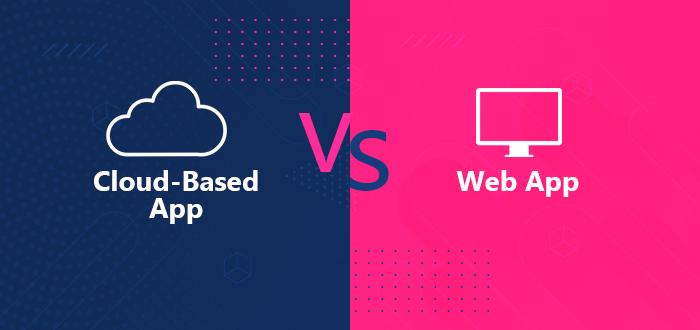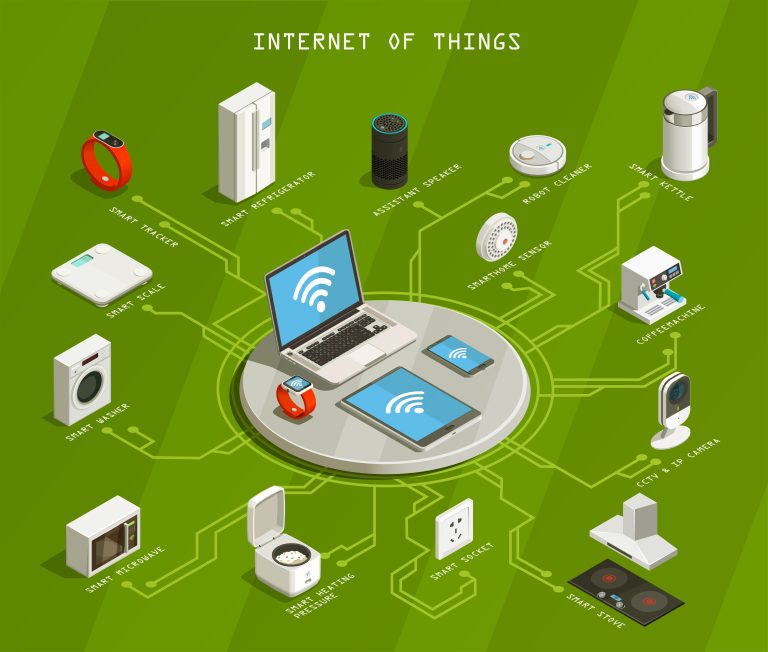Introduction:
In recent years, the Internet of Things (IoT) has emerged as one of the most transformative and disruptive technologies, revolutionizing how we live, work, and interact with the world around us. IoT has evolved from a concept to a reality, connecting devices, machines, and systems, enabling seamless communication, automation, and data exchange. In this comprehensive blog, we will delve into the world of IoT, exploring its definition, components, applications, benefits, challenges, and promising future.
Understanding IoT:
The Internet of Things refers to the network of physical objects embedded with sensors, software, and connectivity capabilities that enable them to collect and exchange data over the Internet. These objects, known as “smart devices” or “smart things,” can range from everyday appliances like refrigerators, thermostats, and wearables to industrial equipment, transportation systems, and even entire cities. IoT combines various technologies such as cloud computing, big data analytics, artificial intelligence (AI), and wireless communication protocols to create an interconnected ecosystem.
- Components of IoT:
- Sensors and Actuators: Sensors are the key enablers of IoT as they gather data from the physical environment. They can detect variables such as temperature, humidity, light, motion, and more. Actuators, on the other hand, are devices that can initiate actions based on the data received.
- Connectivity: IoT relies on a robust network infrastructure to enable seamless data transmission between devices. It utilizes various communication protocols like Wi-Fi, Bluetooth, Zigbee, RFID, and cellular networks to establish connectivity.
- Cloud Computing: The cloud serves as the backbone of IoT, providing the storage and processing capabilities necessary to handle the enormous amount of data generated by connected devices. Cloud platforms allow for scalable data storage, real-time analytics, and remote device management.
- Data Analytics: IoT generates massive volumes of data that can be analyzed to extract valuable insights. Advanced analytics techniques like machine learning and AI algorithms can uncover patterns, trends, and anomalies in the data, enabling businesses to make informed decisions and optimize processes.
- Applications of IoT:
- IoT has permeated numerous industries, driving innovation and efficiency across various domains. Some prominent applications include:
- Smart Homes: IoT-enabled devices allow homeowners to control and automate their appliances, lighting, security systems, and energy usage. From smart thermostats to voice-controlled assistants, IoT is transforming our living spaces.
- Industrial IoT (IIoT): Manufacturing, logistics, and supply chain industries are leveraging IoT to enhance operational efficiency, optimize production processes, and enable predictive maintenance. IIoT enables real-time monitoring, remote control, and predictive analytics for improved productivity and cost savings.
- Healthcare: IoT plays a crucial role in remote patient monitoring, telemedicine, and wearable health devices. It enables healthcare providers to collect vital patient data, improve diagnosis accuracy, and deliver personalized treatments while minimizing hospital visits.
- Smart Cities: IoT technologies are transforming cities into intelligent ecosystems. From smart traffic management and waste management systems to connected streetlights and environmental monitoring, IoT helps improve the quality of life for urban dwellers.
- Agriculture: IoT-based solutions facilitate precision farming by monitoring soil moisture, temperature, and other parameters to optimize irrigation and crop yield. It also enables automated pest control and livestock monitoring.
- IoT has permeated numerous industries, driving innovation and efficiency across various domains. Some prominent applications include:
- Benefits of IoT:
- IoT offers a multitude of benefits that are driving its widespread adoption:
- Improved Efficiency: IoT enables automation, real-time monitoring, and data-driven decision-making, resulting in increased operational efficiency and reduced costs.
- Enhanced Safety and Security: IoT can enhance safety by enabling predictive maintenance, remote monitoring of critical infrastructure, and early detection of anomalies. It also improves security by implementing robust authentication and encryption protocols to safeguard data and devices.
- Seamless Connectivity: IoT connects devices and systems, enabling seamless communication and data exchange. This connectivity fosters collaboration, streamlines processes, and enables the integration of various technologies.
- Data-Driven Insights: The vast amount of data generated by IoT devices provides valuable insights for businesses and organizations. These insights help in understanding consumer behavior, optimizing processes, and driving innovation.
- Personalization: IoT enables personalized experiences by collecting and analyzing data from user interactions. This personalization enhances user satisfaction and enables tailored products and services.
- Environmental Impact: IoT can contribute to sustainability efforts by optimizing energy usage, reducing waste, and enabling efficient resource management.
- IoT offers a multitude of benefits that are driving its widespread adoption:
- Challenges and Considerations:
- While IoT presents immense opportunities, it also comes with several challenges that need to be addressed:
- Security and Privacy: As more devices become connected, ensuring the security and privacy of data and devices becomes paramount. Robust security measures, encryption protocols, and data protection mechanisms must be implemented to mitigate risks.
- Interoperability: With a vast array of devices, protocols, and platforms, achieving interoperability becomes a challenge. Standardization efforts and open platforms are crucial for seamless integration and collaboration.
- Scalability and Infrastructure: IoT requires a robust infrastructure capable of handling massive data flows. Scalability challenges arise in terms of storage, processing power, and network bandwidth.
- Data Management: The sheer volume and velocity of data generated by IoT devices pose challenges in terms of storage, processing, and analysis. Efficient data management strategies are essential to extract actionable insights.
- Ethical Considerations: IoT raises ethical concerns regarding data ownership, consent, and the responsible use of personal information. Regulatory frameworks and ethical guidelines need to be established to protect user rights.
- While IoT presents immense opportunities, it also comes with several challenges that need to be addressed:
- The Future of IoT:
- The future of IoT holds immense promise as it continues to evolve and integrate with other emerging technologies. Some key trends to watch out for include:
- 5G Connectivity: The advent of 5G networks will significantly enhance the capabilities of IoT, enabling ultra-fast and reliable connectivity, low latency, and support for a massive number of devices.
- Edge Computing: Edge computing brings computation and data storage closer to IoT devices, reducing latency and enabling real-time decision-making. This trend will drive faster response times and reduce reliance on cloud infrastructure.
- AI and Machine Learning: The integration of AI and machine learning algorithms with IoT will enable intelligent data analysis, predictive maintenance, and autonomous decision-making, unlocking new possibilities and efficiencies.
- Blockchain Technology: Blockchain can enhance security, transparency, and data integrity in IoT by providing a decentralized and immutable ledger for transactional data.
- Ethical and Regulatory Frameworks: As IoT expands, ethical and regulatory frameworks will play a crucial role in ensuring data privacy, security, and responsible use. Governments and organizations will focus on establishing guidelines and standards to protect user rights.
- The future of IoT holds immense promise as it continues to evolve and integrate with other emerging technologies. Some key trends to watch out for include:
Conclusion:
The Internet of Things is revolutionizing how we interact with technology and the world around us. Its ability to connect devices, gather data, and enable intelligent decision-making is transforming industries, enhancing efficiency, and improving quality of life. However, as IoT continues to evolve, addressing security, interoperability, and ethical concerns will be crucial. With advancements in connectivity, computing, and analytics, the future of IoT is poised to be even more exciting and impactful. As we navigate this interconnected world, embracing IoT responsibly will unlock its full potential and drive a truly connected and intelligent future.
Image by vectorpouch on Freepik



